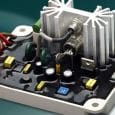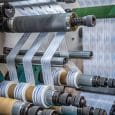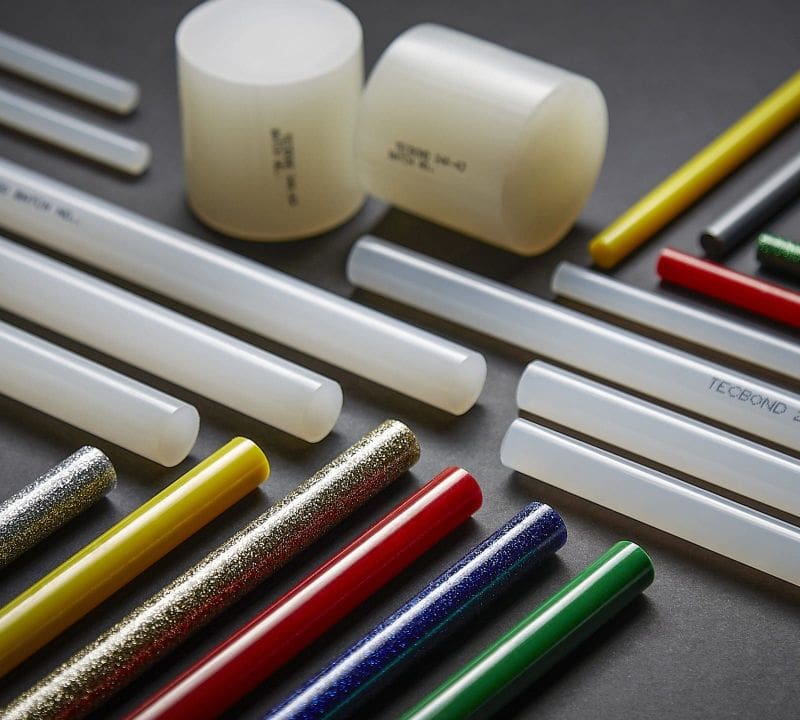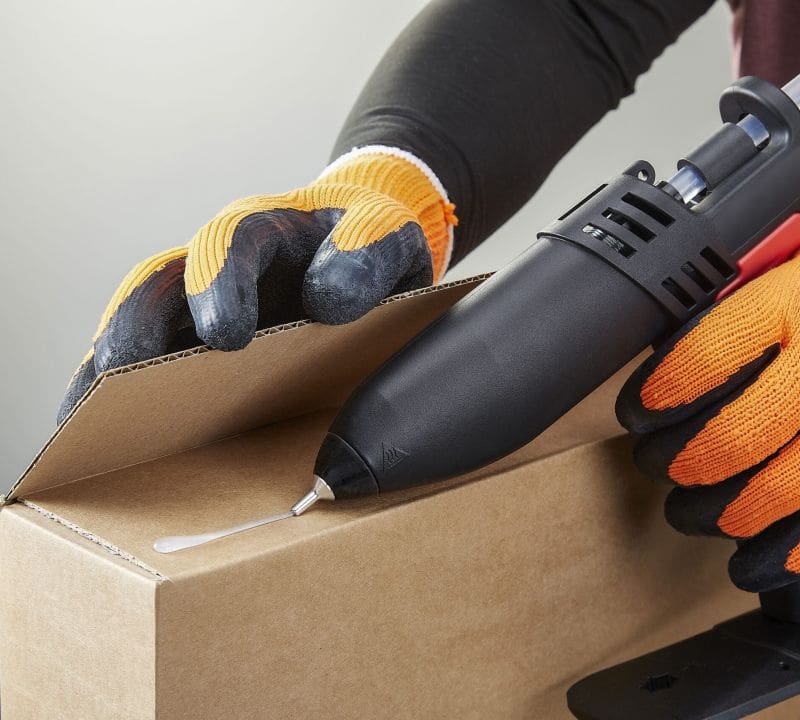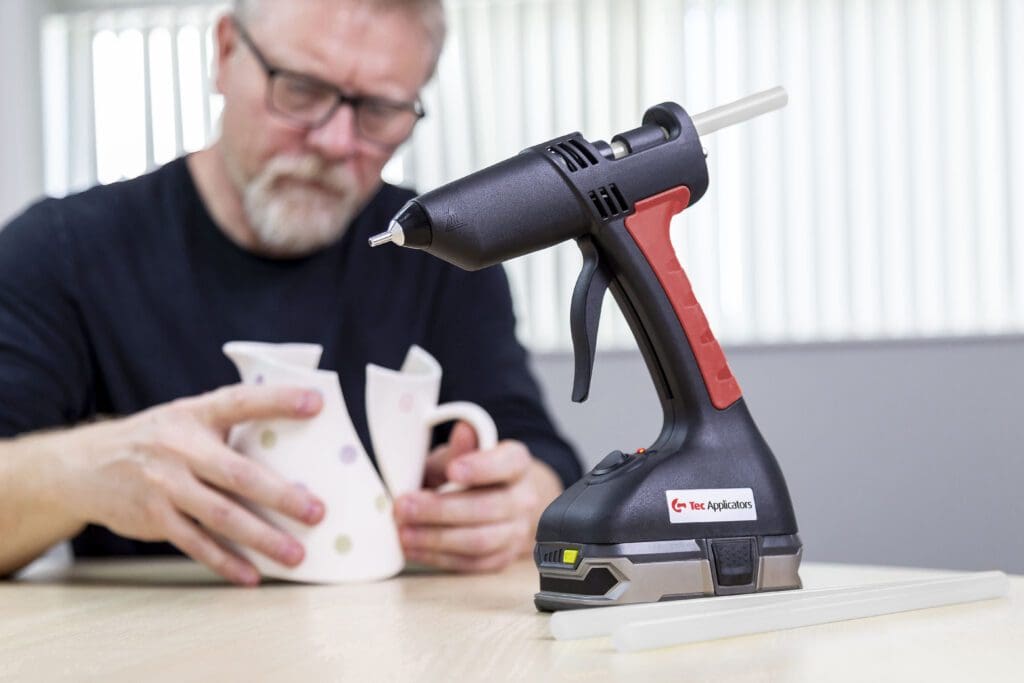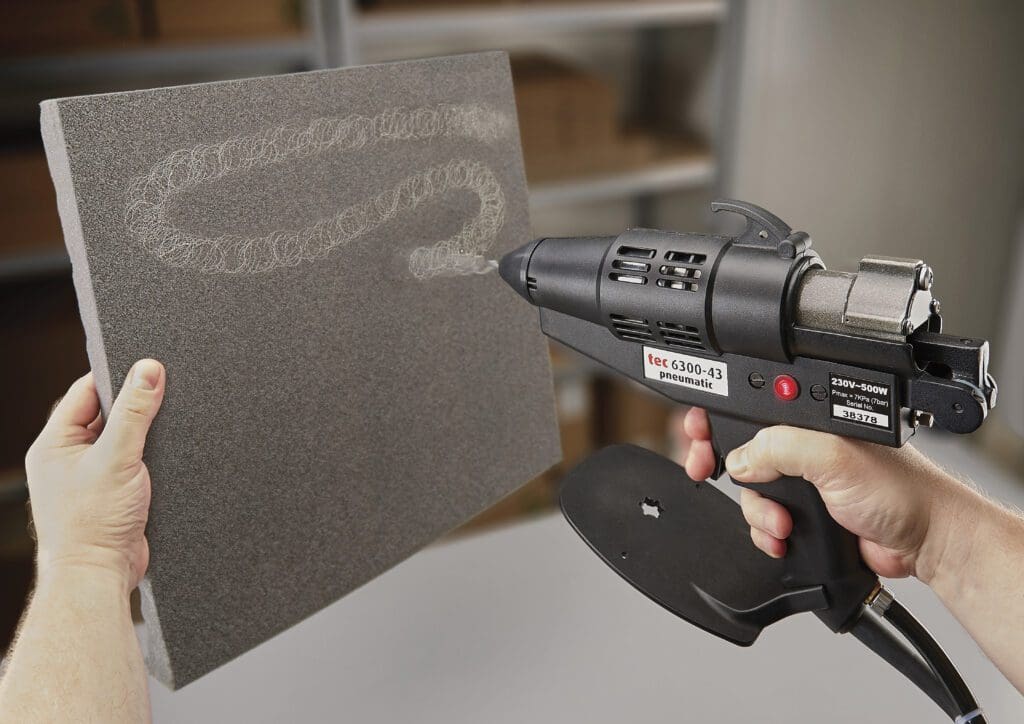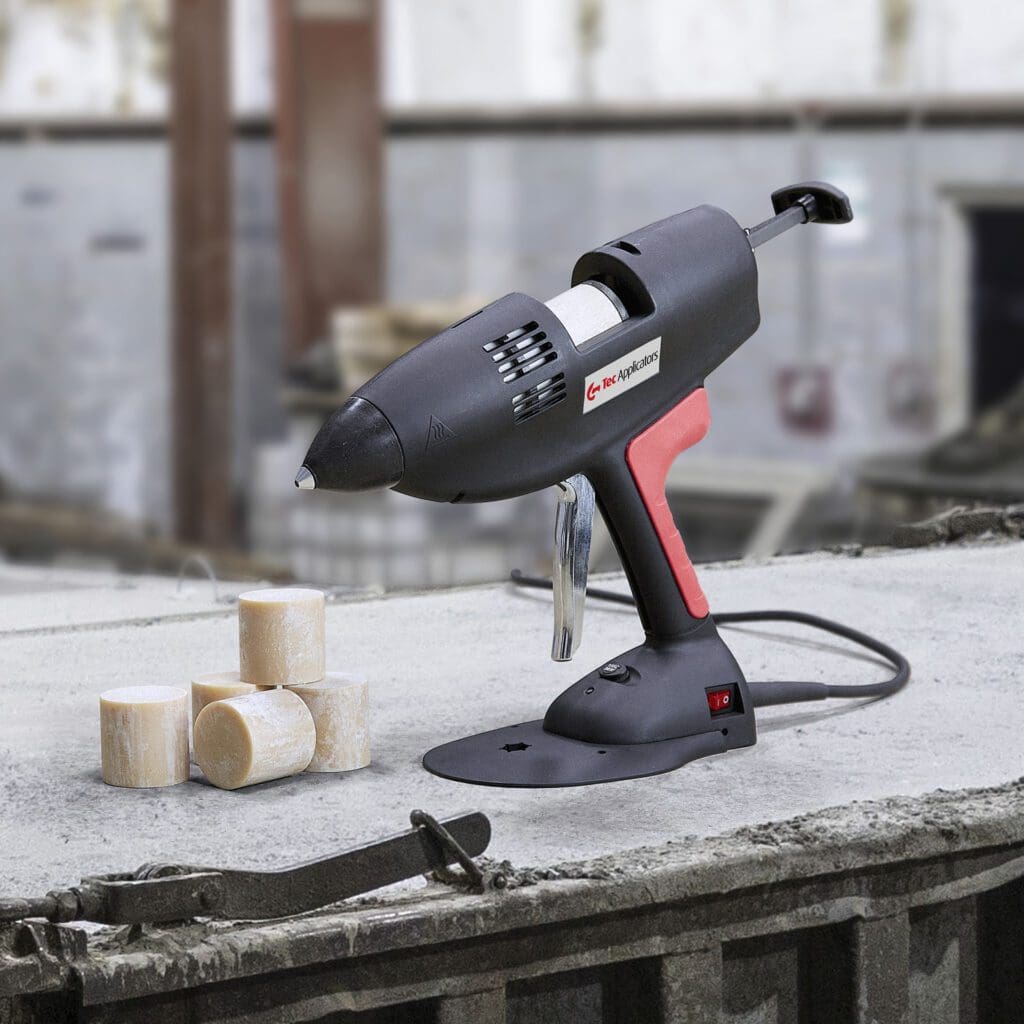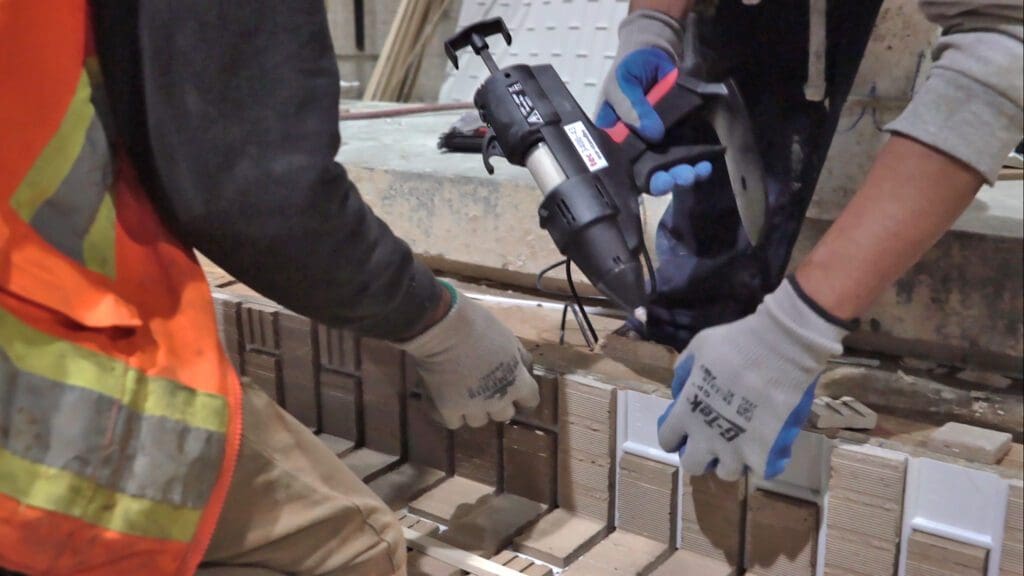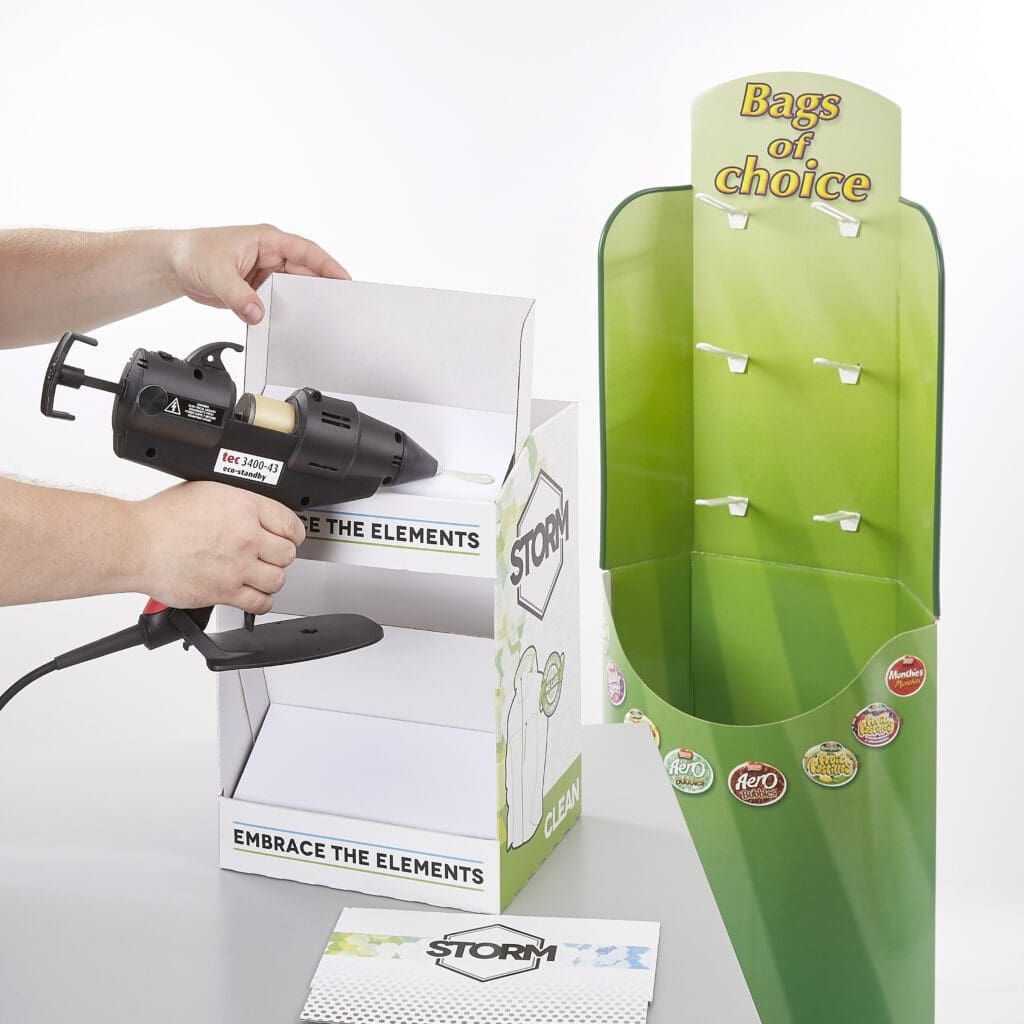Introducing Our ESG Committee: Embracing Sustainability and Community
Power Adhesives are thrilled to announce the launch of our brand-new Environmental, Social, and Governance (ESG) Committee. This initiative, a huge step-forward in the business’ history, reflects our commitment to sustainable practices, ethical governance, and social responsibility. This blog will help you to understand what our ESG Committee is all about and how it can benefit both our business, and the local community.
What is the ESG Committee?
The ESG Committee is a specialised group within our organisation that’s dedicated to integrating ESG principles into our business strategies and operations. The committee primarily focuses on:
- Environmental Stewardship: The concept of developing and implementing practices that reduce our environmental footprint. This ranges from energy efficiency through to waste reduction, and sustainable sourcing – all initiatives aimed at protecting our planet.
- Social Responsibility: We want our business practices to contribute to social well-being. That means creating a diverse and inclusive workplace, supporting community development projects, and maintaining high labour standards.
- Governance Excellence: We hold ourselves to the highest standards of corporate governance. Transparency, ethical business practices, and accountability to stakeholders are at the core of what we do.
How Does the ESG Committee Benefit Our Business?
- Company Responsibility: By embracing ESG principles, we gain a better understanding of how we operate, both internally and externally, allowing us to take more responsibility for our sustainability and ethical practices.
- Risk Management: ESG initiatives improve our recognition of potential risks related to environmental impact, social issues, and governance. Taking a proactive approach protects not only our business and stakeholders, but the wider community too.
- Operational Efficiency: Implementing sustainable practices helps to identify prospective improvements to our operations. For example, energy-saving measures can cut costs, and responsible supply chain management can streamline our operations.
- Employee Engagement: A strong ESG commitment can make our employees happier; people want to work for companies that align with their values and make a positive impact on society.
How Does the ESG Committee Benefit the Community?
- Environmental Protection: We hope that our efforts to minimise our environmental impact will, in turn, encourage other companies in a similar position to make comparable adjustments to their processes. Working together, companies can have a positive effect on the community’s health and sustainability.
- Social Inclusion: We’re all about promoting diversity, equality, and inclusion within our company and beyond. By supporting community initiatives and creating opportunities for underrepresented groups, we hope to contribute to a fairer society.
- Economic Growth: The scope of our ESG initiatives often cover community development projects that can stimulate local economic growth. We are exploring investments in local businesses, job creation, and support for educational programs.
- Transparency and Trust: We believe in maintaining high standards of governance and transparency to build trust with our community.
Our ESG Committee is the first big step we’re taking towards becoming a community-friendly business. By embedding ESG principles into our core operations, we strive for sustainable growth while benefiting the communities we serve. We’re excited to share our progress with you on this journey and hope we encourage other businesses explore how they can create a better local environment for everyone.








